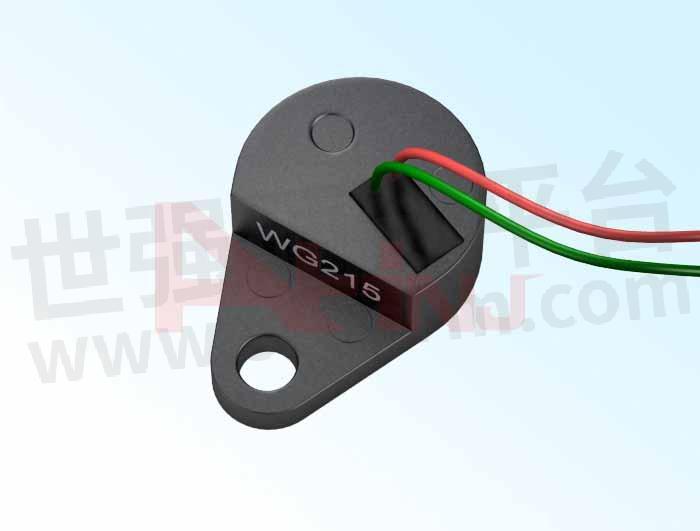Brief Introduction of Wiegand Sensor

Wiegand sensors are used as a pulse generator in multiple applications. The sensor needs no external power source and has no moving parts. Instead, it exploits the properties of a small diameter wire invented by John Wiegand.

When a magnetic field changes the magnetic state of the Wiegand wire within the sensor, a substantial output pulse is produced which can be used as a power source in an energy self-sufficient revolution counter.
Wiegand sensor products from POSITAL reflect the knowledge from a full decade of experience using Wiegand-effect base revolution counters. The high performance sensors are assembled using SMD mounting technology and can be used for revolution counters in absolute rotary encoders as well as in other applications, e.g. gas or water meters.
Advantages
No external power required – No batteries
Longer lifespan
Operates in harsh environments
Non contact measurement – No mechanical wear
- +1 Like
- Add to Favorites
Recommend
- What is Gauss Rating and How to Use a Gauss Meter
- Wide Application of Zero Power Consumption Magnetic Sensor
- Hall Sensor Application in The Automotive Industry
- Wiegand Effect Principle
- Main Characteristics of Linear Hall Sensor
- What is a Gear Sensor?
- What should I Pay Attention to When Installing the Sensor?
- Hall Application in Electric Car Brake
This document is provided by Sekorm Platform for VIP exclusive service. The copyright is owned by Sekorm. Without authorization, any medias, websites or individual are not allowed to reprint. When authorizing the reprint, the link of www.sekorm.com must be indicated.

































































































































































































































































































































































































































































































































































































































































































































































































































































































